The History of
Collecting
It is well known that the tendency to collect valuable objects or artworks has a long history. In this sense, the emergence of collectorship and the development of art history and museums are strongly intertwined. Long before the birth of the museum as we know it, objects and artworks with attributed value were accumulated in spaces including shrines, temples, churches and palaces, both for sacred and profane purposes.
We are aware that in 12th century B.C., rulers in Elam brought to their palaces some war trophies they collected in Mesopotamian expeditions, and in 9th century B.C., Assyrians exhibited them to ornament their cities.
As we arrive to the 3rd century B.C., Emperor Ptolemaios I had a separate section called “mouseion” built in his palace in Alexandria, an important city of the Hellenistic period. This “first museum” was part of an education complex containing a library, an amphitheater, an observatory, study rooms, botanic gardens and a zoo. The structure dedicated to the Mousa (muses), the nine daughters of Zeus known as the eternal patrons of arts in Greek mythology, is also at the origin of the word “museum”. Ancient cities such as Antiochus and Pergamon hosted similar structures as well. Moreover, rulers in Athens in 2nd century B.C. publicly exhibited artworks including painting and sculpture in their city.
During the Roman period, on the other hand, the Emperor Marcus Claudius Marcellus (268-208 B.C.) exhibiting his valuable war trophies became a turning point in the history of collecting. Quickly embraced by the wealthy as a status symbol, collectorship resulting in exhibitions of artworks and rare objects became widespread in villas’ courtyards and libraries, followed by smaller architectural sections like portrait galleries. The villa of papyri in Herculaneum is among the most distinguished examples reflecting the understanding of collection in the ancient-pagan world.
As in 6th century Pope Gregorius I allowed pictorial depictions in religious buildings for the purpose of educating “ignorant” populations about Christianity, i.e. his support for painting turned the church into a center for art. During the Middle Ages, most collections were based on various objects left in shrines as gifts/dedications during religious ceremonies or sacred heritage. In cities with the church at their center, the bourgeoisie and feudal lords enriched by commerce also began to collect small-scale religious objects like icons.
Starting from the 15th century, the Renaissance marked a new era in which newly rich classes, aristocracy and city rulers emerged as “art patrons”, a phenomenon accelerated by the atmosphere of political and economic freedom in Italian city states. Artworks that acquired a more independent nature both in terms of form and content began to be collected by various sections of the population for religious, philosophical and aesthetic purposes.
The developing patronage-as-collectorship also influenced architecture as it reached a larger scale. Newly rich merchant classes added sections like “galleria” or “studiolo” to their buildingsfor the purpose of exhibiting their collections. The famous architect and the “first art historian” Giorgio Vasari arranged the second floor of the Palazzo Uffizi as a “galleria” for the Medici, the distinguished Florentine family, as he began its construction in 1560. In the same period we also witness the development of a variety of collecting tendencies. In Venice, a city that developed thanks to sea trade, we know the existence of collections with a very large scope ranging from jewelry and precious stones to weaponry, tapestry and miniatures.
During 16th century, the Renaissance individuals growing wealthier embarked on collecting “cabinets of curiosity” where they reflected their personal areas of interest, a phenomenon also due to the more liberal environment they lived in. These chambers relatively smaller than those large dynasty collections that formed the basis of the museums, also represent the emergence of the first collector-as-individual profile.
The cabinets of curiosity aiming at fitting the entire world-universe to one room have no boundaries. They may include any object found personally valuable or “strange and bizarre”, such as stuffed animals, dried plants, sea shells, paintings and statues, books, spheres, maps, antiques, textile fabrics, clocks, coins, telescopes and weapons. Their name is originated in the fact that they contain what is “rare”.
The individually established cabinets of curiosity are individual universes and they represent the world as imagined by the collector. These cabinets where the individual accumulates everything his or her mind pursues in the face of life’s mysteries, also reflects the adventure of the human-object relationship. The collector searches for the meaning of life through the “special knowledge, secrets and symbols” in these rare objects.
The period in which the Netherlands accumulated wealth in the 17th century, with an impact on art and the understanding of collectorship, is also the era during which a new urban and strong collector type emerged. The development of trade routes extending to the East and the Americas brought about an economic power sustaining a continental art market. Rembrandt, one of the crucial names of the era and also a collector, not only collected paintings by his contemporaries but also rare antiques and weaponry including Japanese helmets, Indonesian spears and Roman busts for his own taste, and he made great profits via trading them.
In 18th century, European dynasties began working on those collections that would become the backbone of today’s museums. Within the framework of the academic approaches born out of Enlightenment, these large collections were transformed into the first museums, public institutions open to everyone.
In 1746, a generic collection was built out of historical artworks accumulated in the French Royal Palace, and consequently the idea of exhibiting them to the general public emerged. In 1750, this idea became reality with the foundation of Luxemburg Museum as the first known “official” museum in history. The British Museum in Britain emerged in 1759, followed by the Louvre in France in 1793 and the Hermitage, the latter founded with acquisitions extending back to 1725, institutions that stand out with their collections covering a very large territory of universal human heritage. Museum collections were also helpful in the construction of histories and nation-state identities.
The 19th century political developments saw the emergence of nationalism, the end of imperial era, and all large dynasty collections were nationalized alongside the places that hosted them, becoming museums serving the general public with universal scientific values.



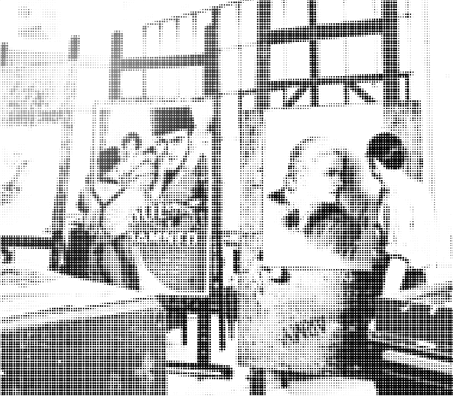

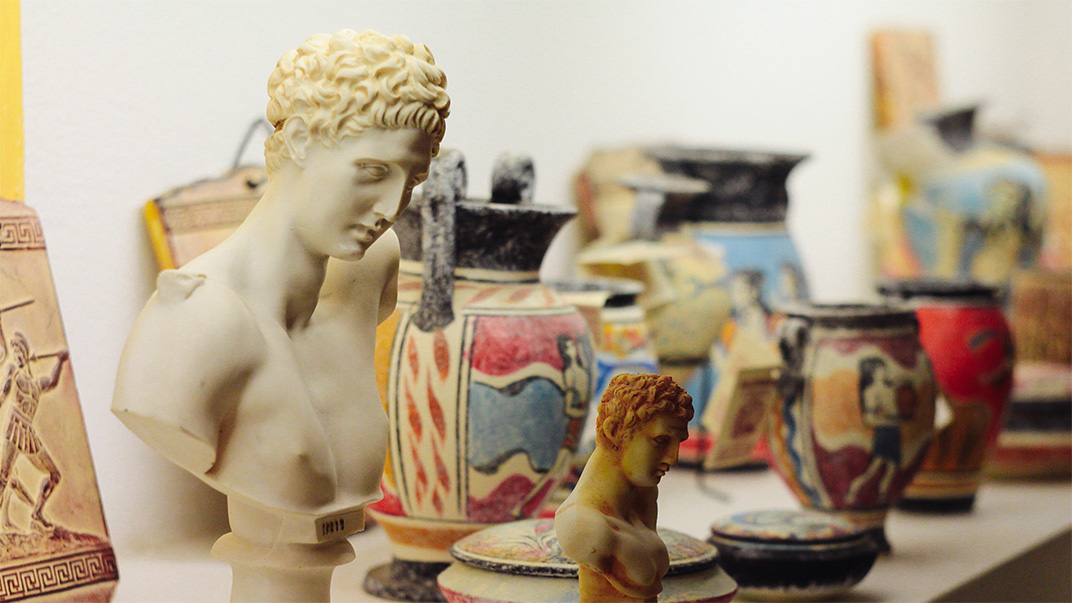
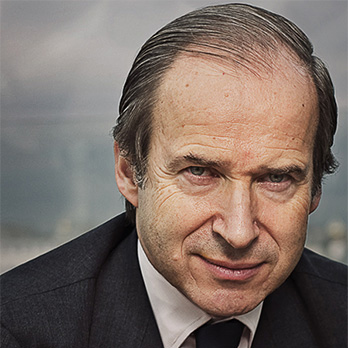

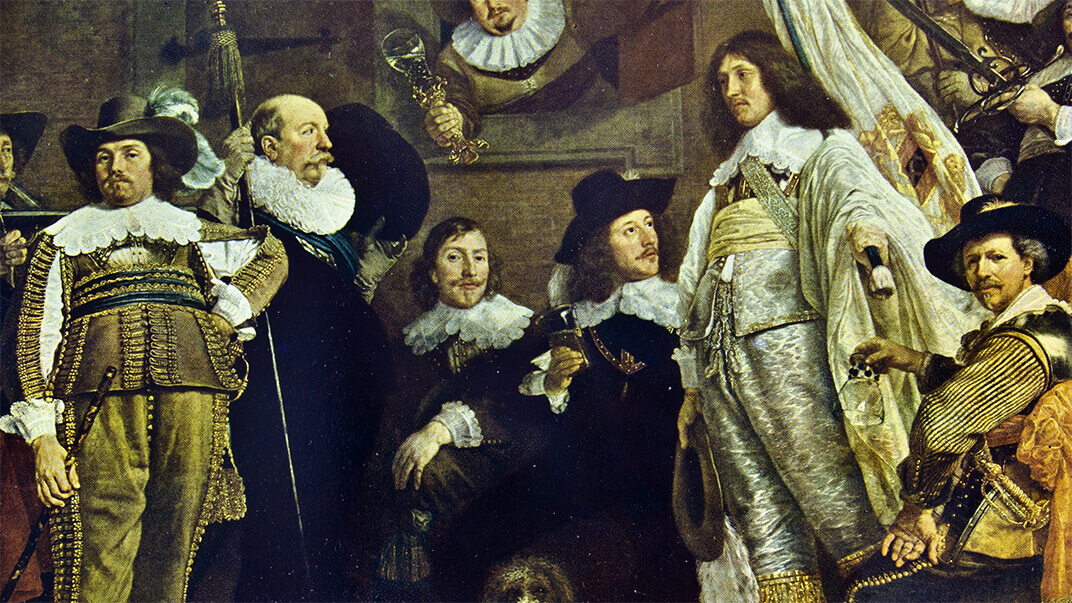
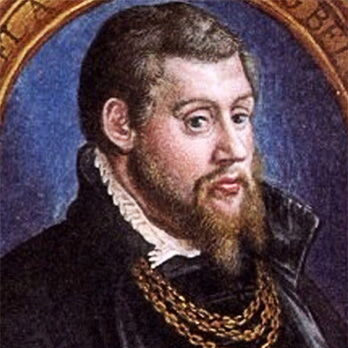
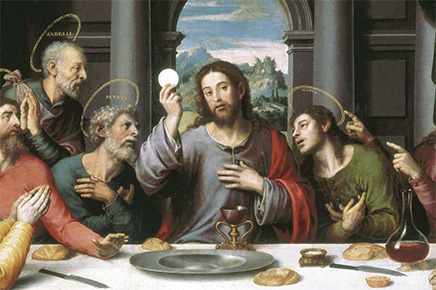
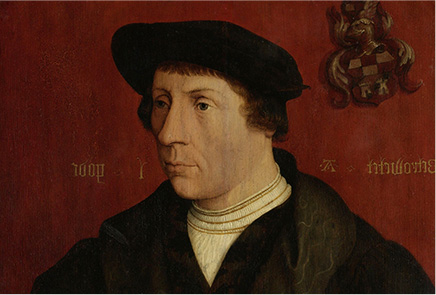
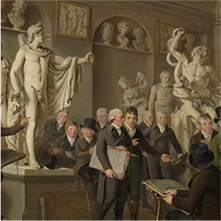
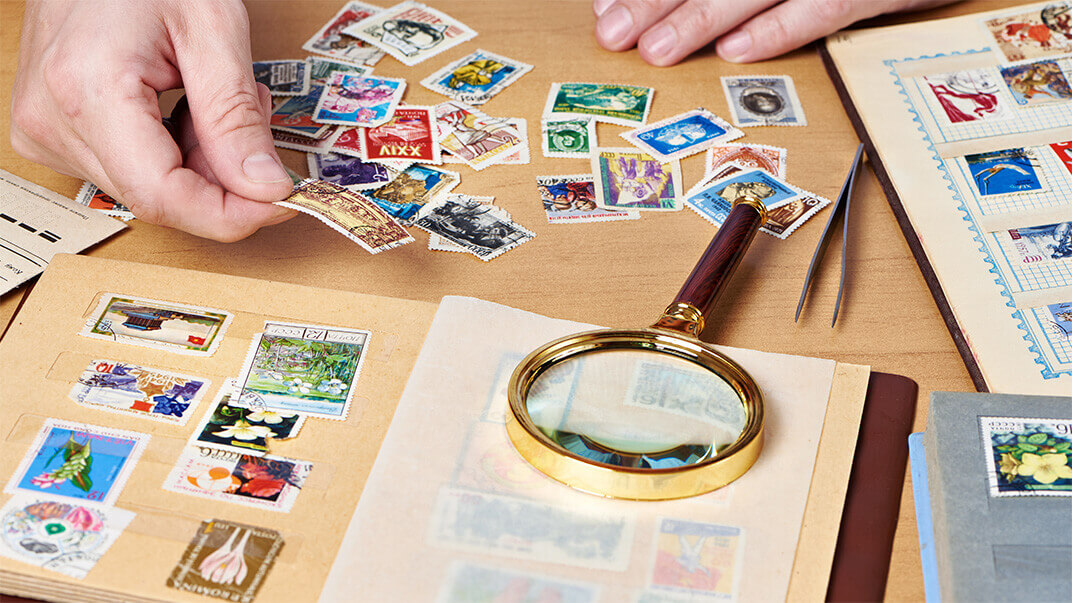
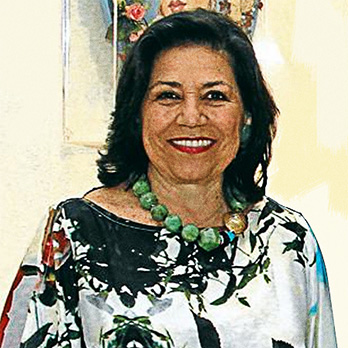
 UP
UP
